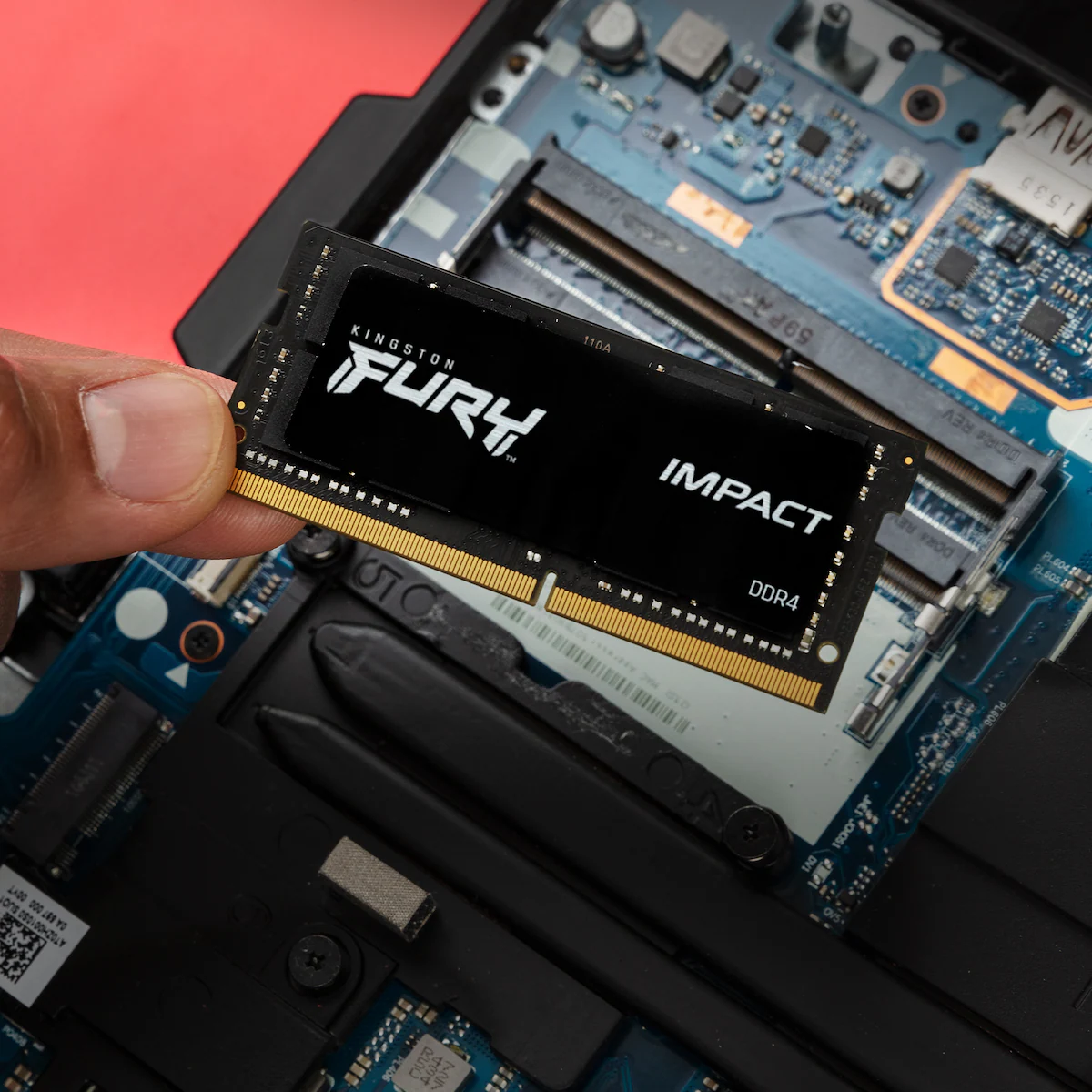Cybercrime investigations often rely on memory forensics to gather crucial evidence. Whether investigating data breaches, financial fraud, or insider threats, following best practices ensures the integrity and reliability of evidence. This blog covers the key best practices to follow for successful memory forensics investigations.
Key Best Practices for Memory Forensics
1. Plan and Prepare for Memory Acquisition
Before starting, establish a clear plan for acquiring memory from suspect systems. Choose the right forensic tools and ensure compliance with legal requirements.
2. Use Write-Protected Tools
Memory acquisition should always be performed with write-protected tools to prevent contamination of evidence.
3. Document Everything
Maintaining detailed logs of the forensic process ensures the chain of custody is preserved, which is crucial for court admissibility.
4. Analyze Memory in a Controlled Environment
Conduct analysis in a secure, isolated environment to avoid tampering and accidental evidence destruction.
5. Search for Indicators of Compromise (IoCs)
Cross-reference memory data with threat intelligence databases to identify known attack patterns.
6. Collaborate with Legal Experts
Engage with legal teams to ensure that forensic practices align with local regulations and compliance standards.
Conclusion
By following these best practices, forensic investigators can ensure the reliability of memory forensics findings and enhance the credibility of their investigations in legal proceedings.
